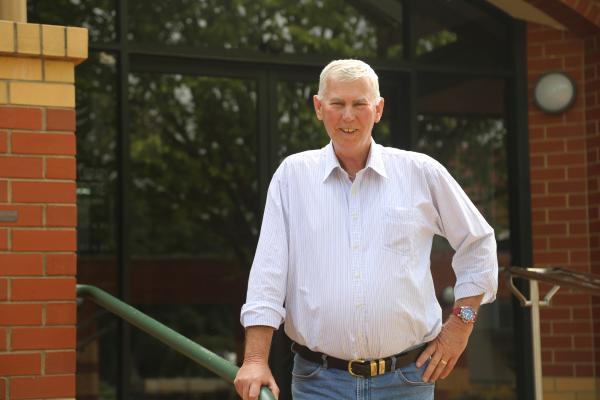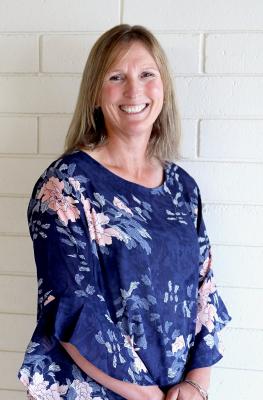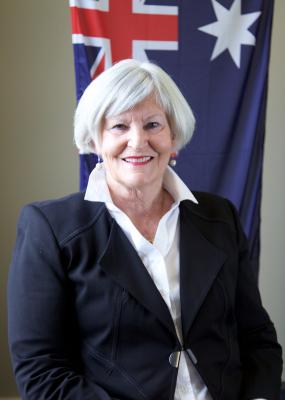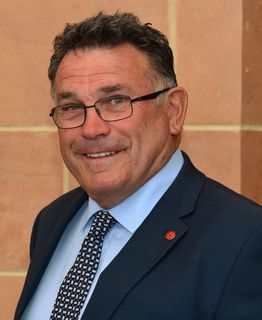
By Raquel Mustillo
WATTLE Range mayor Des Noll says he is open to talks about council amalgamation, saying Limestone Coast local government entities would be “naive” not to consider voluntary mergers.
But the region’s mayors have overwhelmingly shot down overtures to discuss amalgamation, saying Limestone Coast council are currently engaged in sharing services as a cost-effective means to share resources without the need for structural reform.
At last week’s Limestone Coast Local Government Association meeting, Mr Noll supported comments made by Adelaide City Council Lord Mayor Sandy Verschoor pushing for council mergers to support efficiencies and savings and eliminate the replication of services.
Mr Noll urged his colleagues to consider changes in spatial boundaries and warned about the inevitability of council amalgamations in the future.
“I think it is just a matter of time and as Limestone Coast Local Government Association we will have to adjust to that because it will impact on all of us,” he said.
“I have always thought what we are doing at Wattle Range with the new council building and the location is very much about having the space to build on.
“I believe that’s important to us because amalgamation will impact in the future whether that is five, 10 or 15 years down the track.”
Council amalgamations during the mid-1990s facilitated in a reduction of 118 councils to 68, with the voluntary process resulting in wide variations in the size, functions and capacity of many councils.
Wattle Range, which now houses the second largest population base of the regions seven councils and is the third biggest in size, was formed in 1997 following a merger of the Millicent, Beachport and Penola councils.
A report undertaken by the Property Council of Australia found council amalgamations could deliver more than $500m to local communities across South Australia.
According to the 2016 report, reducing the state’s councils from 68 to 32 – including reducing regional councils from 49 to 23 – would deliver around $65m of savings per year and result in a benefit of $505m.
The report noted the “considerable variation in the capacity of councils in South Australia” and said small regional councils were “heavily reliant on grants and often lacking the capability and resources to address major infrastructure or economic challenges”.
Mr Noll told The Border Watch it would be “very wise for the respective Limestone Coast mayors and councils to be having a conversation around this”.
“That conversation would include their individual scale of economics, accountability and long-term sustainability into the future and considering the economic growth of the Limestone Coast,” he said.
“As a local government entity, even within the Limestone Coast, you would be naive to think there was no room for amalgamation”. Mr Noll would not be drawn to comment on which Limestone Coast councils he believed should amalgamate.
Robe mayor Alison Nunan and Kingston mayor Kay Rasheed cast doubts over whether bigger was better in the context of local government, supporting the further strengthening of shared services through the regional alliance.
Ms Nunan – whose council is the smallest with an estimated population of 1378 people – said she did not support amalgamation due to the potential diminution of representation for local communities.
“There has been some really beneficial amalgamations in the last round, but if you are a small council like Robe or Kingston you lose your push for your community,” she said.
“We are individual and we want to keep our individuality and make sure the rural communities are well-serviced.
“What drives amalgamation discussions is finance and efficiencies which is a good view to have, but amalgamation might not be the best for us – it may be that collaboration and resource sharing is a better option.
“It also appears to be a very expensive and disruptive process… I think councils need to work smarter instead of saying we need to amalgamate.”
Ms Rasheed said Kingston council had previously considered amalgamation, but had ultimately supported the retention of the status quo.
“When amalgamation was talked about years ago, I don’t think anyone from the Kingston council was in favour, so it didn’t happen,” she said.
“Kingston is a bit different because we are on the coast and a bit segregated from everyone else, we are close to Robe but we have different issues and we think differently.
“Maybe it would work for city councils, but for small rural councils like ours I don’t think it works because representation is important.”
Mount Gambier mayor Lynette Martin acknowledged local government was under constant scrutiny by ratepayers to provide efficient and economic services and facilities, but councils were working collaboratively to create efficiencies and cost savings for residents through shared resources and “other means”.
“Although I do not believe there is an appetite at the moment for amalgamation in our region, we do not know what the future holds in regards to State Government reforms,” she said.
Tatiara mayor Graham Excell said amalgamation discussions were “not even on the horizon” among Bordertown and Keith-based elected members.
“We have the Ngarkat Conservation Park to the north, the Victorian border to the east, Naracoorte Lucindale Council to the south and virtually not much towards the coast,” he said.
“It is going to be very difficult if you try to make that into another council or amalgamate the council and we are not even thinking about it.”
Naracoorte Lucindale mayor Erika Vickery said the critical issues of scale and capacity remained at the forefront of council and collaborative projects such as the Limestone Coast Region Waste and Resource Recovery Infrastructure Plan and joint tourism strategies provided cost advantages due to the large scale of operation.
She said it was imperative councils were fully informed about community sentiment about amalgamation prior to any merger or boundary changes.
“It is very important that our communities feel they have good representation at local government level,” she said.
“Getting bigger doesn’t always give you that representation that a community feels as though it would like to have.”










